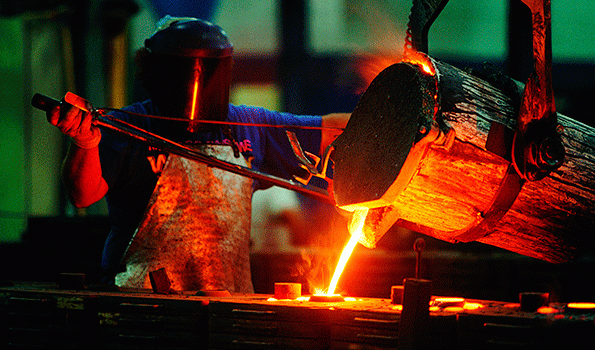Sand Casting Process with Diagram

Sand casting: In sand casting which is also known as sand molded casting, an object is produced by sand mold. The process involves pouring of the molten metal in to the mold cavity. The molten metal is then cooled to the room temperature. The metal is solidified. After cooling, the metal object is separated from the mold. Sand casting process…









